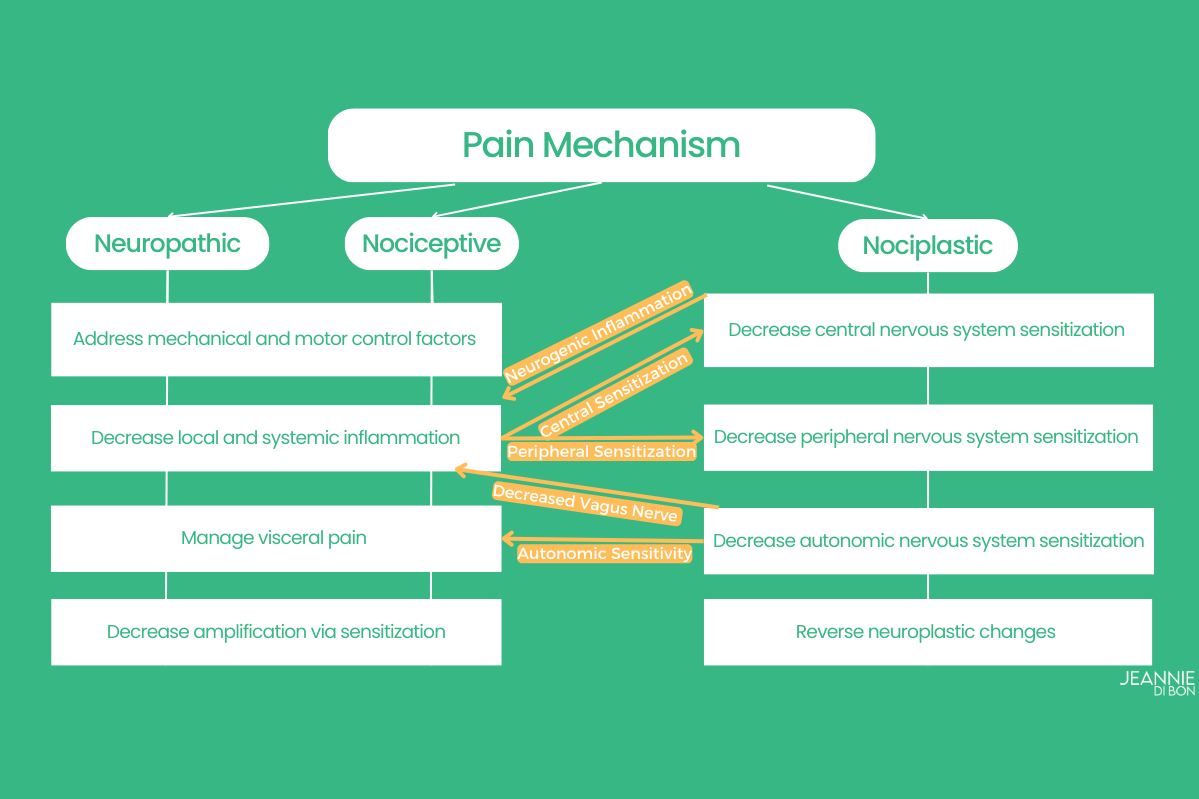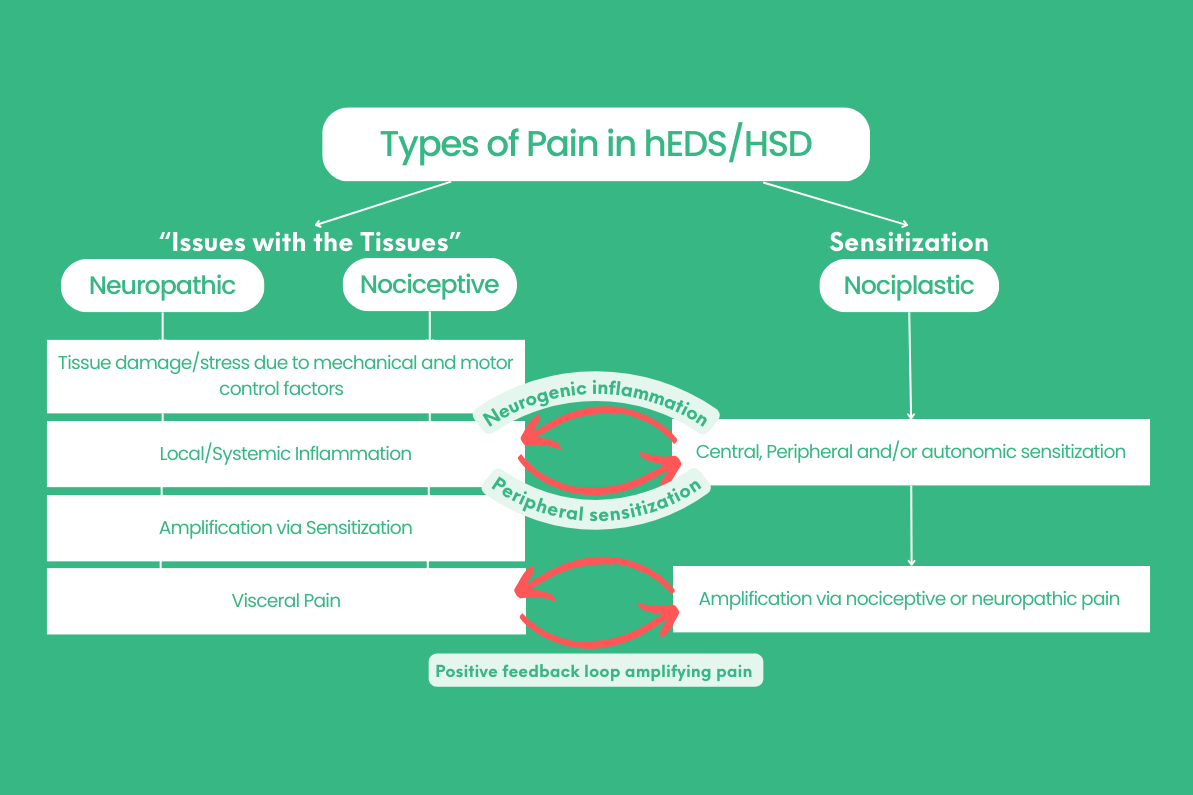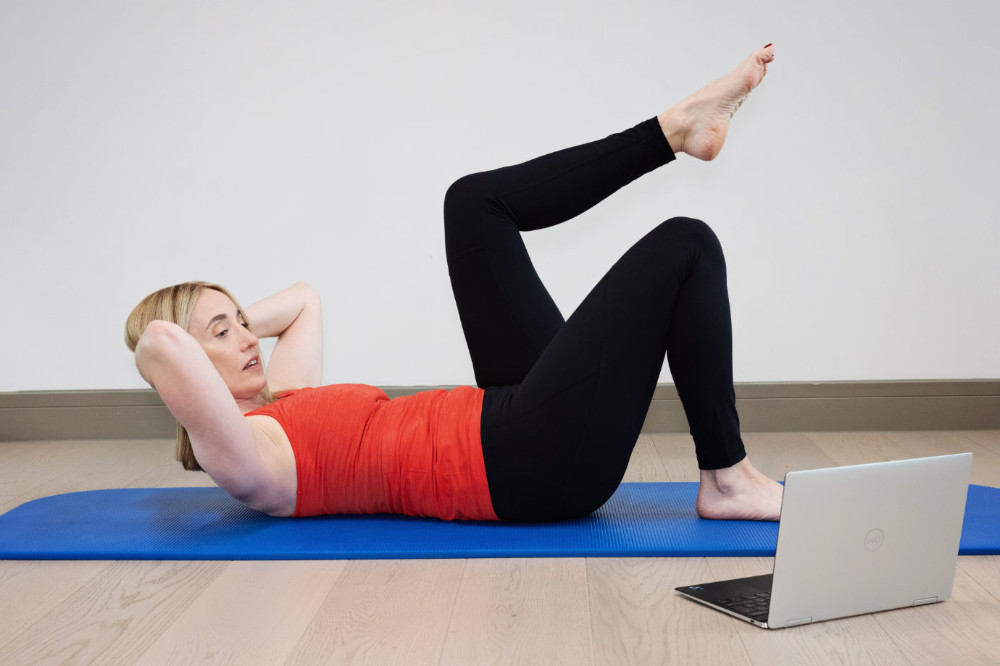Article Categories
Chronic pain

June 24th, 2024
What is chronic pain?
The International Association for the Study of Pain defines pain as “an unpleasant sensory and emotional experience associated with, or resembling that associated with, actual or potential tissue damage”. Pain is considered chronic if it lasts for longer than 3 months (1).
Read more
May 10th, 2024
Sleeping with hypermobility: A comprehensive guide
Whilst much of the discussion around hypermobility and EDS focuses on movement, a common source of anxiety, frustration and stress for those living with such conditions comes from the other half of our lives – sleep.
Read more
May 1st, 2024
Understanding shoulder hypermobility
Almost every client I’ve worked with has problems with their shoulders. 4 in 5 people with symptomatic hypermobility have shoulder problems (1). Even in the general (not necessarily hypermobile) population, it is the most commonly dislocated joint in the body (2).
Read more
April 24th, 2024
Understanding flare-ups in EDS
Can we ever really be prepared for a flare-up? And when they arrive, how do we manage them? They can be as unpredictable as the rain. You dress for the sun and a sudden downpour arrives. Sometimes we definitely know rain is coming and we can pack an umbrella but sometimes rain, like a flare-up, can appear when the sky seemed so blue. We just weren’t expecting it.
Read more
April 12th, 2024
What is coat hanger pain?
Coat hanger pain is a pain in the neck and upper back, specifically the suboccipital and paracervical regions. It has been described as a “charley horse” kind of sensation in the back of the neck and shoulders. This pattern mimics the shape of a coat hanger with the hook in the neck and the body spreading out across the upper trapezius muscles and shoulders.
Read more
April 4th, 2024
What is Self-Compassion and why is it so important?
Self-compassion has been studied in various contexts in a wide range of populations and is linked with positive mental health consistently.
Read more
March 28th, 2024
Headaches in Ehlers-Danlos Syndromes
Discover the link between Ehlers-Danlos Syndrome and headaches. Learn about causes, such as upper cervical instability, and find effective treatment strategies.
Read more
October 16th, 2023
Nociplastic Pain and the Sensitive Nervous System
Dr. Leslie Russek, scientific advisor to The Zebra Club, joins us to discuss nociplastic pain and how we can regulate a sensitized nervous system.
Read more
October 16th, 2023
Managing Nociceptive and Neuropathic Pain with Dr. Leslie Russek
Nociceptive and neuropathic pain are caused by mechanical factors, inflammation, or disease affecting the tissues
Read more
October 15th, 2023
The 3 Types of Hypermobility Pain by Dr. Leslie Russek
Pain is a signal from your brain that it perceives danger. There are 3 types of pain: nociceptive, neuropathic, and neoplastic.
Read more
October 11th, 2022
Relationships and Chronic Pain
I recently did a post about pain management. Someone raised the question on the post of ‘how can I communicate my pain to my partner effectively?’
Read more
May 19th, 2022
The Lonely Chronic Illness Life
Living with a chronic illness can sometimes be lonely. It can be difficult for friends and family to really understand how we are feeling and why we don’t ‘get better’. It drives me crazy when people say ‘you just need a good night sleep’ – like it’s a miracle cure.
Read moreThe Zebra Club APP
Hypermobility safe, affordable and effective movement, education and community in the comfort of your own home.
The Zebra Club app is a programme based on the Integral Movement Method. In this programme I will carefully guide you through safe exercises to manage your pain.
Learn moreOr download the App on

